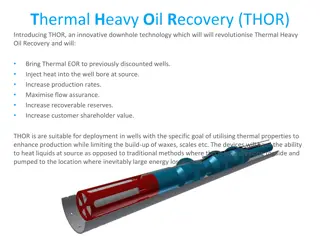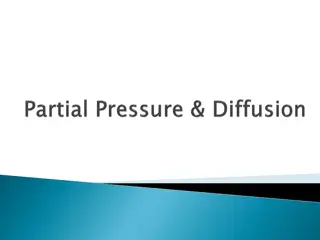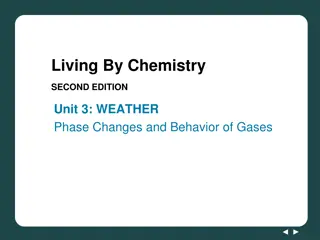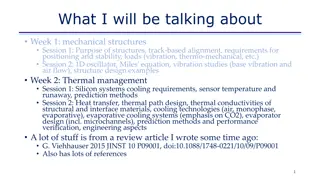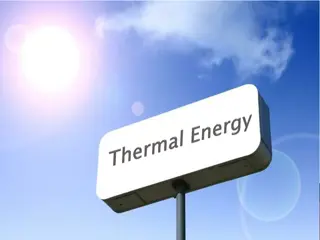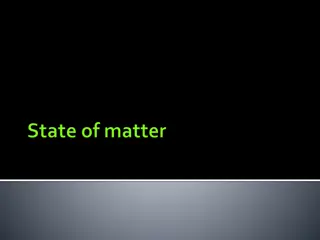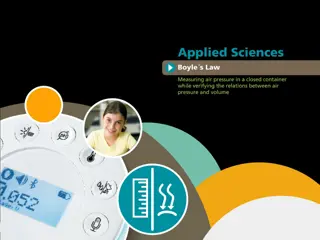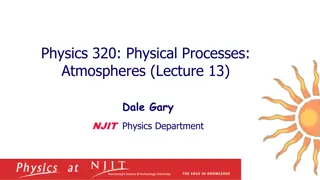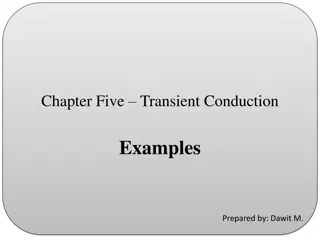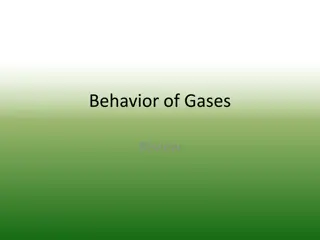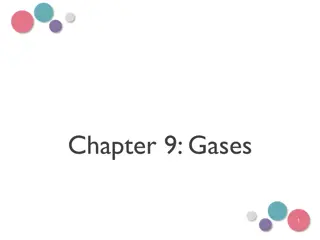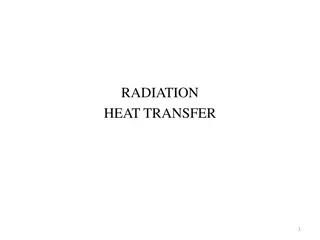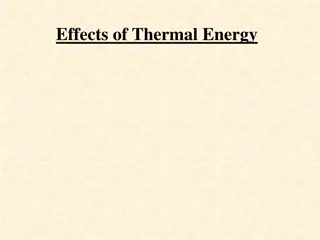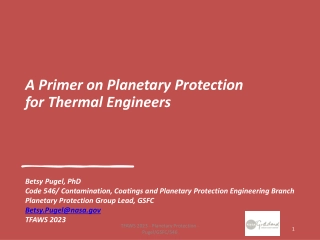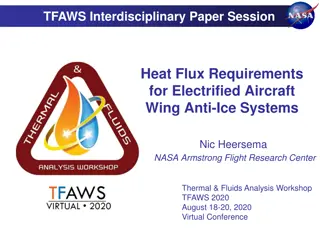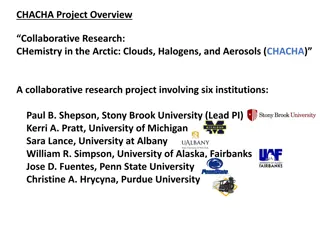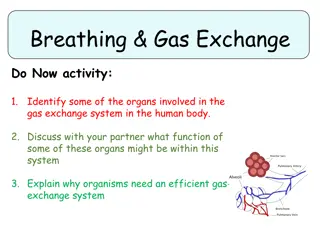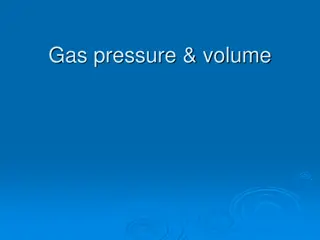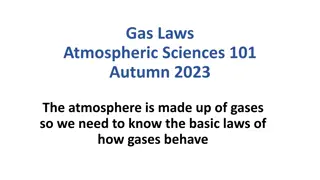Ideal Gas Laws and Thermal Properties in Chemistry
Understanding ideal gas laws and thermal properties is crucial in chemistry. The relationship between temperature, volume, and pressure is explored through Charles's law and Gay-Lussac's law. The concept of absolute zero, extrapolating graphs, and the direct proportionalities between gas properties are key in this area of study.
Download Presentation

Please find below an Image/Link to download the presentation.
The content on the website is provided AS IS for your information and personal use only. It may not be sold, licensed, or shared on other websites without obtaining consent from the author. Download presentation by click this link. If you encounter any issues during the download, it is possible that the publisher has removed the file from their server.
E N D
Presentation Transcript
Grade 11 Chemistry Knowledge Area: Matter and Materials
Ideal gases and Thermal properties There is a linear relationship between temperature and volume.
Ideal gases and Thermal properties Quick facts Extrapolation extension of the graph. V1 V2 T1 = T2 volume 2 volume 1 (constant pressure) temperature 1 (K) temperature 2 (K)
Ideal gases and Thermal properties Charles s law: The volume of a fixed mass of gas is directly proportional to the temperature of the gas, provided the pressure remains constant. Definition 3.7 Relationship between temperature and pressure of a gas
Ideal gases and Thermal properties The absolute zero is the lowest possible temperature that any substance can ever reach. Definition The graph of pressure vs temperature (K) looks as follows:
Ideal gases and Thermal properties Gay-Lussac s law: Temperature (in K) is directly proportional to the pressure of an enclosed mass of gas, provided the volume remains constant. Definition p1 p2 T1 = T2 pressure 2 pressure 1 temperature 2 (K) temperature 1 (K)







